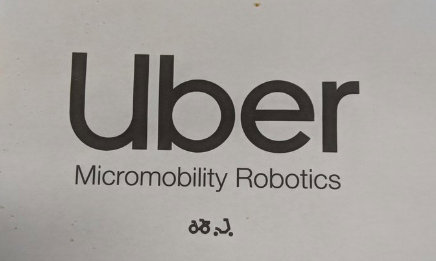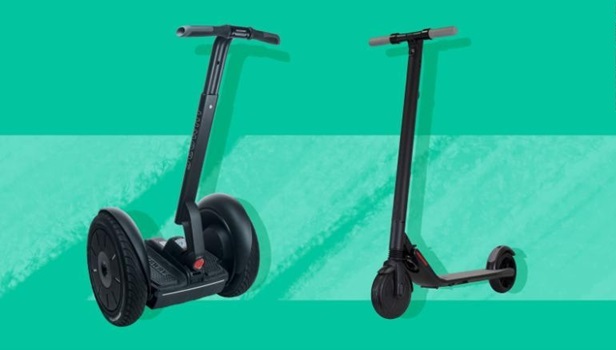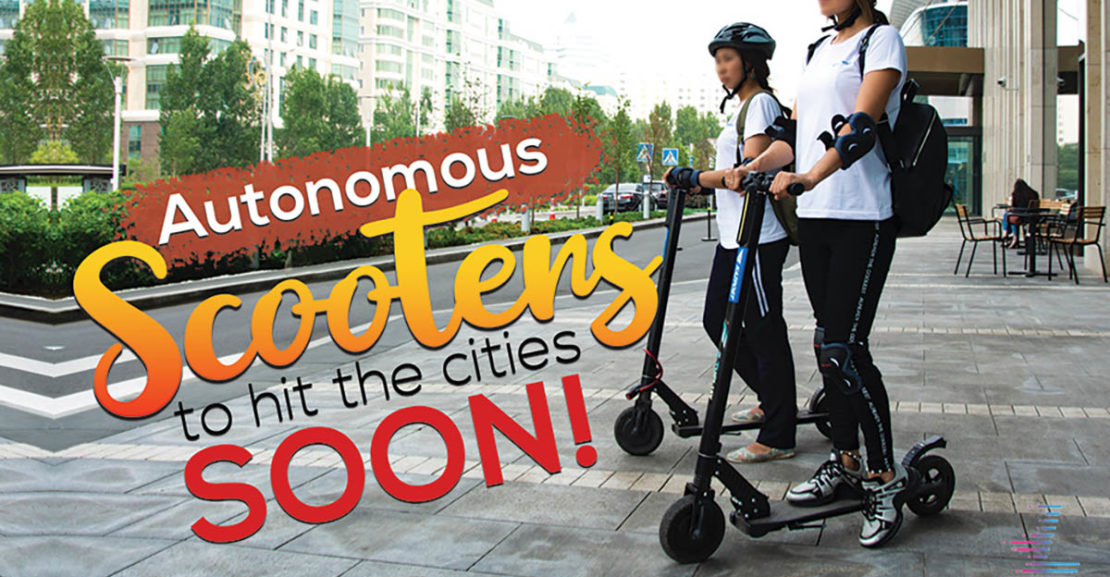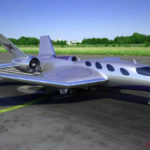Google has engaged with numerous bold ideas it doesn’t like. But three years ago, the concept of a self-driving bicycle was just too much. It ridiculed the idea of an autonomous bicycle in an April Fools’ Day video. Why would someone need a bike that rode itself? Since then the scooter-sharing and electric bike trend has raged into cities. Companies have burned through cash as fast as they’ve raised it, mainly due to the high costs required to pay a staff to hold poorly parked scooters and recharge them.
But now it is time to turn the tables on Google. Investors, startups and even companies as giant as Uber are exploring self-driving scooters and bikes as a means to reduce operations costs and pacify tense relations with cities. Experts say autonomous scooters could someday autonomously move themselves to a better parking position or a locality where there’s more demand. These vacant vehicles, commonly known as “ghost scooters,” might even drive without a driver to pick up a rider,similar to a Lyft or an Uber car. In some situations, humans in a teleoperations centre would direct the scooters down sidewalks and across streets.
“We’re going to be laughing next year when there’s going to be several semi-autonomous bikes and scooters than Waymos on the roads,” said Dmitry Shevelenko, co-founder of Tortoise, which makes autonomy into scooters. Tortoise is among the companies systematising scooters.It is concluding a deal with an Atlanta suburb to experiment its autonomous technology and has formed partnerships with numerous global scooter operators.
The work comes at a time when the self-driving truck and car companies are postponing deployments as they work to show their complex technology is safe. Bikes and Scooters are slower and lighter than cars and trucks, making them cheaper and simpler to automate and function remotely.
Tortoise, a San Francisco startup, will use remote operators to move badly parked scooters.
One more company, named CtrlWorks, is already testing its own autonomous scooters. The Singapore-based business runs a small fleet in Malaysia.
And Ninebot, one of the giant scooter manufacturers, introduced an autonomous scooter previously this year. “The ultimate goal is that I reserve a scooter, it comes to me and then I ride it to a bus station,” said, Tony Ho, Ninebot vice president of global business development, while talking about the overall value of autonomous scooters.It aimsto start a pilot on college campuses at the end this year.

Uber is also eyeing the autonomous scooters and bikes. The rideshare company has a small crew looking at how cheap computers and sensors could solve scooter and bike challenges. Through early experiments, it discovered the added costs of automating a bike or scooter is expected to pay off with operations savings, according to Alan Wells, who heads new mobility robotics.
But not everybody’s convinced, including Sanjay Dastoor, CEO of Skip Scooters, which runs shared scooters in Washington, DC and San Francisco. “If you want to manufacture a remarkable long-lasting and durable vehicle that doesn’t waste a lot of spare parts, that can be in contrast with a vehicle that has a horde of advanced sensors on it,” Dastoor said.
Scooter companies are leaning on radar, cameras and ultrasonic sensors to securely guide their vehicles. Tortoise calculates the price of automating a scooter at about $100 more in initial parts. Irrespective of how the financial picture turns out, cultural challenges will continue to appear. Scooter riding on walkways is debated due to safety issues. When Singapore-based CtrlWorks started scooters in its hometown last year, worried pedestrians thought the vehicles were runaway scooters and tried to stop them. In some cases, children jumped on the slowly moving scooters, according to CEO Sim Kai.
CtrlWorks, which functions under the brand ScootBee, first had its scooters move at a brisk walk — 3.1 mph — but has since decelerated them to below 2 mph now. “The last thing we want is to shock people,” Kai said. Bolt, another scooter company, envisages autonomous scooters that transport themselves to customers. It aims to restrict its autonomous scooters to 1 mph during peak traffic times and 5 mph at night when sidewalks are mostly empty.
Autonomous scooters are in their initial days, but some people believe their growth is unavoidable.Matt Brezina, a San Francisco angel investor who has financed bike, scooter and autonomous vehicle startups, expects autonomous scooters and bikes to be a casual part of urban life in 10 years. But in the short term, he anticipates a criticism, including theft and vandalism.
“The coming two years are going to be pretty rough. But it was not common 10 years ago to have a mobile phone out at dinner and now everyone does,” Brezina said talking about how things will transform over time.

Though scooter companies are competing to arrange scooters worldwide, the push for autonomy is a bit slower to help minimize the issues.Slow rollouts will give governments and people and more time to adjust and develop a comfort zone with the new technology. “If a bigger company flooded a city and changed their fleet overnight, it would perhaps do more harm than good,” said Matt Turzo, principal operating officer of the European scooter operator Wind, which is coordinating with Tortoise to test autonomy technology.
The two giant US scooter companies, Bird and Lime, which are known for how fast they move, both refused to comment on if they’re working on autonomous scooters. Regardless of who is making autonomous scooters or how fast they arrive, unfamiliar challenges will arise too. “When it comes to revolutionary technologies, we just don’t know where the problems might lie,” Ninebot’s Ho said. “What if the scooter somehow strolled on its own and went rogue?”


